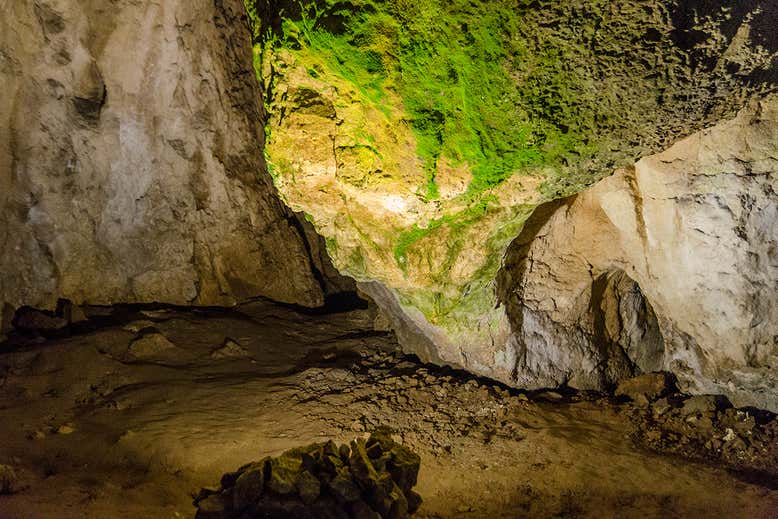RJ Market Watch
Neanderthals may have learned jewellery-making from us

When modern humans first settled in Europe, they met Neanderthals – and possibly passed on jewellery-making tips.
Jean-Jacques Hublin at the Max Planck Institute for Evolutionary Anthropology in Leipzig, Germany, and his colleagues have confirmed for the first time that modern humans were in Europe at least 45,000 years ago. They also suggest that modern humans taught Neanderthals to make necklaces out of bear teeth.
The researchers re-excavated Bacho Kiro cave in Bulgaria, which has been studied since the 1930s. Human remains were found there in the 1970s, but these were lost. Attempts to date those remains gave contradictory results. “It did imply that potentially this was a really old assemblage,” says team member Helen Fewlass.
Using new decontamination methods, the researchers dated 95 pieces of bone, identified by analysing their DNA and protein content. Six came from modern humans, and the remainder were animal bones with cut-marks or other signs of human activity (Nature Ecology & Evolution, DOI: 10.1038/s41559-020-1136-3).
The oldest human bones were between 43,700 and 45,800 years old. A deeper layer of rock that was 46,900 years old hasn’t yet yielded human remains, but also contained marked animal bones, suggesting humans were present.
The dating “reinforces what we thought we knew with some stronger evidence”, says Emma Pomeroy at the University of Cambridge in the UK. Previous signs of modern humans in Europe came from sites like Kents Cavern in the UK and the Grotta del Cavallo in Italy, but these bones were only indirectly dated to about 45,000 years ago.
It makes sense that the Bacho Kiro people were there earlier than those in Italy or Britain, says Katerina Harvati at the University of Tübingen in Germany, as humans were coming from the east, so would have reached eastern Europe first.
Before humans arrived, Neanderthals lived in Europe for hundreds of thousands of years. When the two met, they interbred. Neanderthals died out a few thousand years later: the last well-dated evidence of their presence is 40,000 years old.
Neanderthals got more creative with their tools in their final millennia. The Grotte du Renne cave in Arcy-sur-Cure, France, contains pendants made of bear teeth, which Hublin argues were made by Neanderthals. All are younger than 45,000 years.
The Bacho Kiro re-excavation found 11 pendants made of cave bear teeth that predate the supposedly Neanderthal ones. Hublin says this means modern humans brought the idea with them, and Neanderthals copied it (Nature, DOI: 10.1038/s41586-020-2259-z). The only alternative, he says, is that Neanderthals also invented the pendants just after humans arrived, but he calls this idea “ridiculous”.
The problem with the idea is that we can’t be sure the later pendants were made by Neanderthals, as humans were in Europe by then, says Pomeroy.
Courtesy: New Scientist


















You must be logged in to post a comment Login